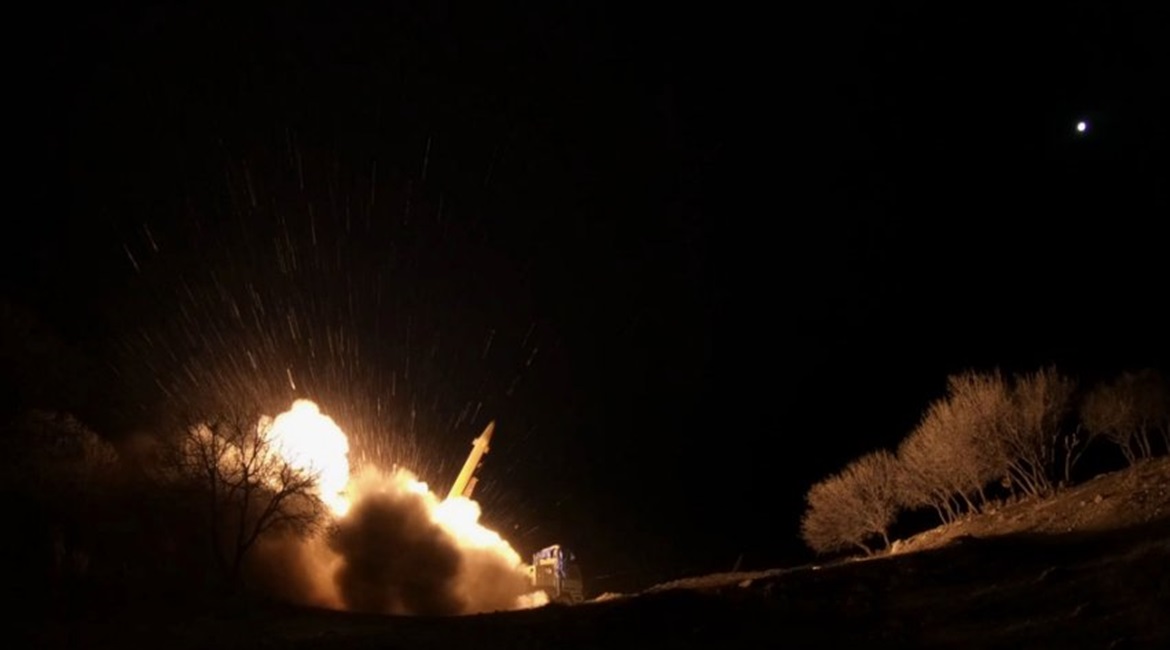
While the commander of Iran’s missile force has said the ballistic missile attacks on Iraqi bases early on 8 January were not intended to kill US personnel, nevertheless there was a significant risk of casualties that further escalated the dangerous confrontation between the two countries.

A photograph that purportedly shows one of the Iranian missiles that was launched at Iraqi bases early on 8 January. It is a member of the Fateh-110 family of solid-propellent missiles. (Imamedia.org)
Iran immediately claimed the missile attack as the revenge it had been threatening since a US airstrike killed Major General Qasem Soleimani at Baghdad International Airport on 3 January. Senior Iranian officials said the retaliation would continue as a multifaceted campaign to force the United States from the Middle East: statements that could be interpreted as a continuation of Tehran’s existing policy.
US President Donald Trump later announced there had been no US casualties and that Iran “appears to be standing down”.
Brigadier General Amir Hajijzadeh, the commander of the Islamic Revolution Guards Corps (IRGC) Aerospace Forces, provided more detail of the attacks in a televised presentation on 9 January, saying 13 missiles had been launched. “We were not seeking to kill anyone in the operation, however, tens of people were killed and some were injured,” the Mehr news agency quoted him as saying.
“If we were going to kill more, we could design the operation so that at least 500 military forces would be killed,” he continued. “If they responded, in the next step we would have changed our position and had no obligation to save the lives of US troops. We would have killed at least 5,000 in the second and third steps within 48 hours.”
Looking to read the full article?
Gain unlimited access to Janes news and more...




